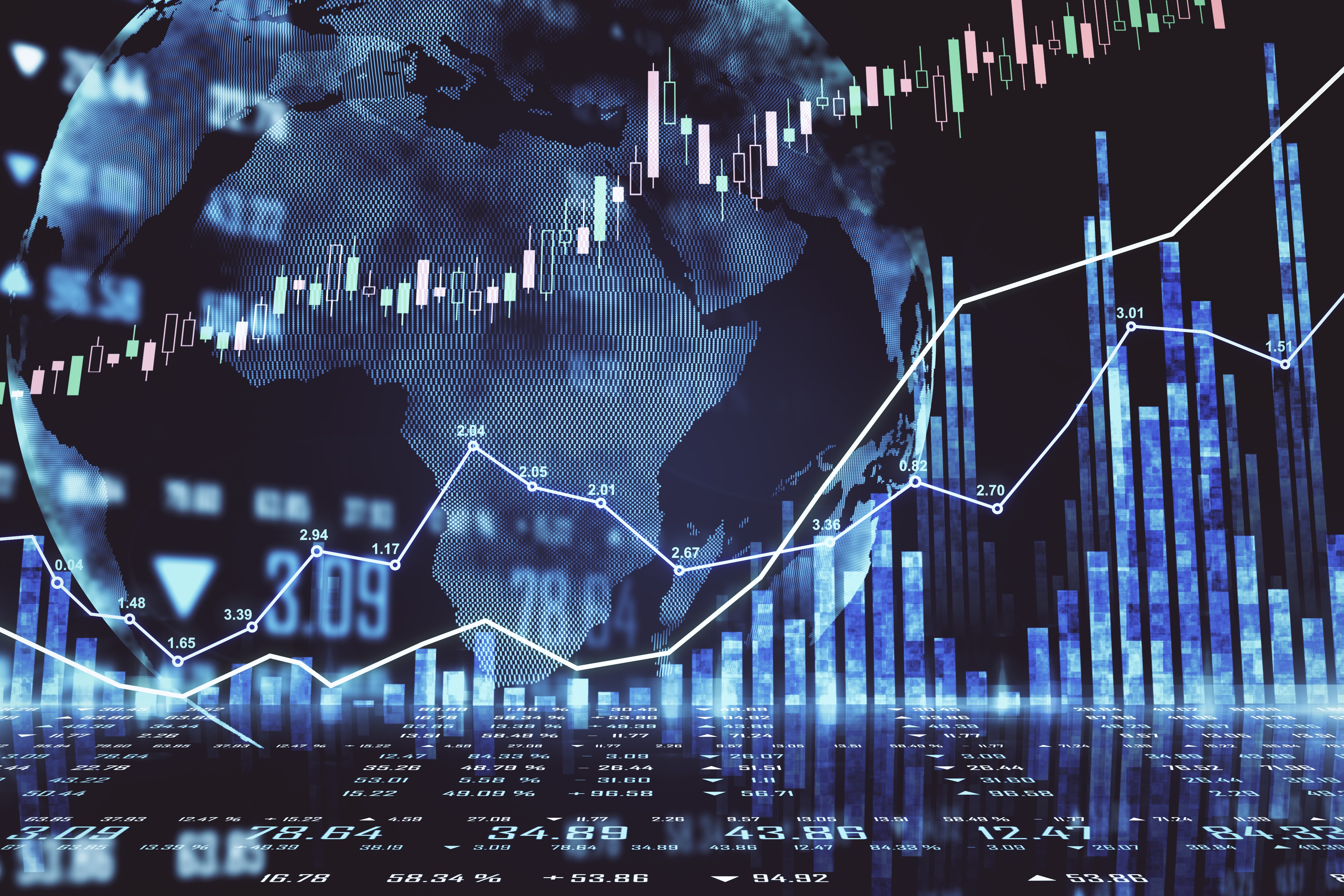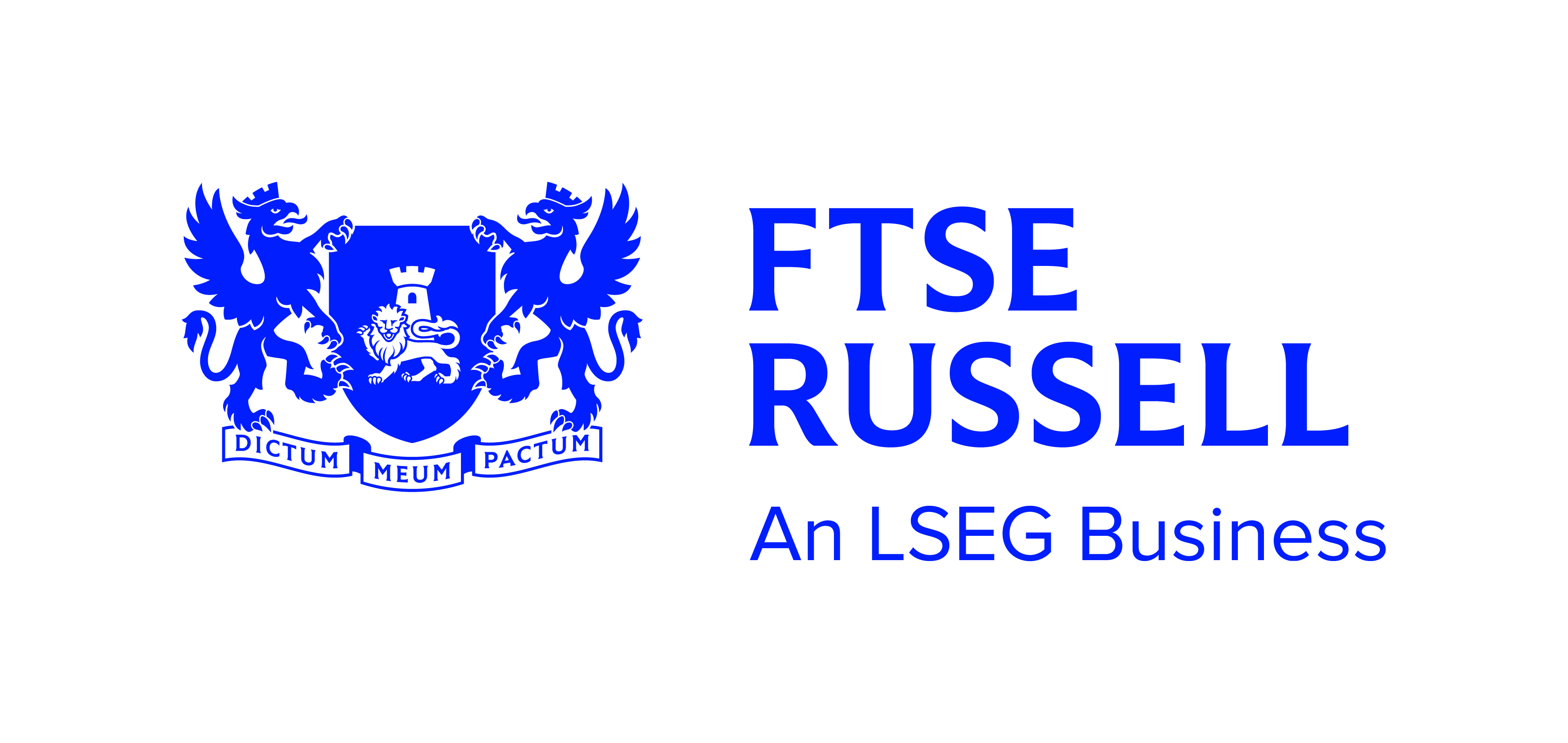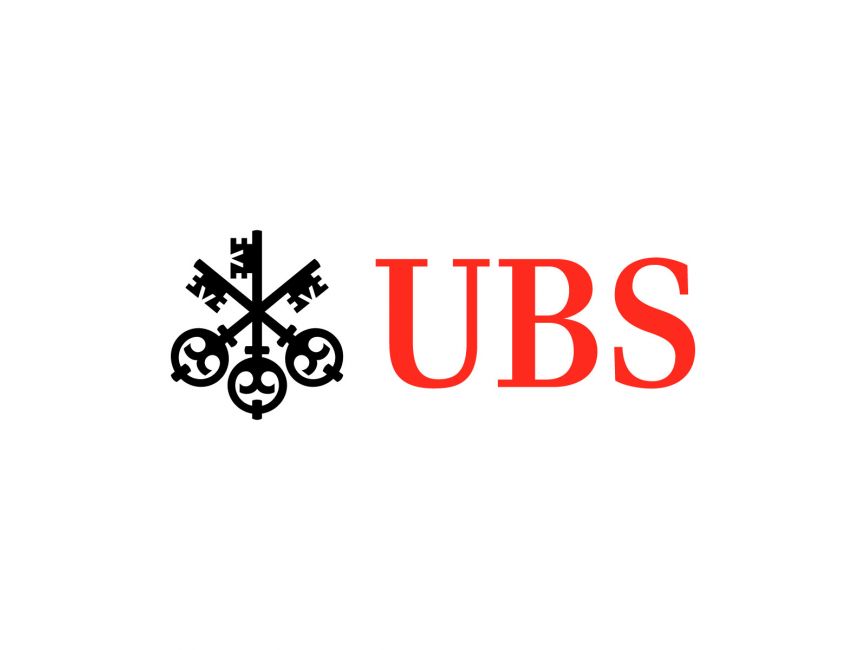Switching the index on a flailing product has long been common practice within the industry. Issuers seeking to boost the assets under management (AUM) of an ETF that has failed to capture the imagination of investors have often looked to repackage it in a bid to garner fresh interest.
While this has long been the case for many plain-vanilla ETFs, a new trend has emerged in recent months that has seen a frenzy of issuers swap out a standard index for one that tracks environmental, social and governance (ESG) metrics.
Between September and December, ETF Stream has reported on 28 switches to ESG indices, with issuers including DWS, Lyxor, UBS Asset Management, State Street Global Advisors (SSGA) and Amundi all partaking, and many more expected to have gone under the radar.
In a sign of just how lucrative switching to an ESG index is, the Amundi S&P 500 ESG UCITS ETF (S500) has seen its AUM grow from €904m to €2.1bn since swapping to an ESG index in October 2020.
The boom in ESG inflows and more recently regulatory pressure from the European Union’s Sustainable Finance Disclosure Regulation (SFDR) have driven these changes. But as issuers rush to label their funds either Article 8 or 9, is this always in the best interest of the investor?
Just an inconvenience?
Kenneth Lamont, senior analyst, passive strategies, at Morningstar, said while issuers could point to the fact they are “getting serious on ESG”, it might not always be in the investors’ best interest.
“It does seem like an interesting decision to forcibly change an index. Some investors are looking at the switches and saying, ‘that is not what I want’,” he said. “If they are fund selectors and they already have some of their portfolios assigned to sustainability, and then the issuers start unilaterally switching, it is a bit of an inconvenience for those investors to trade out and do additional due diligence.”
Despite this, Andrew Walsh, head of ETF and index fund sales at UBS Asset Management, which recently added a low carbon filter to its China ESG index, said: “Not everyone wants to go into Article 9. There are different shades of green, and some want the characteristics of the parent index or do not want to go too far off-piste. Different clients have different requirements.”
Antoine Lesne, head of SPDR ETF strategy and research at SSGA, which has switched at least two indices over the past three months, stressed a rigorous shareholder voting process is undertaken before a switch is made – unlike an active manager style drifter – and those who do not wish to switch are given the chance to redeem their shares.
Despite this, Athanasios Pfsarofagis, ETF analyst at Bloomberg Intelligence, said this could be seen as more than just an inconvenience for some investors: “The negative outlook for investors is that they might need to look for a new option if they do not want to stick with the ESG mandate, which could be a taxable event.”
While a potential risk, Lesne added this can occur when buying any fund at any time: “Some investors that decide to sell will be facing a taxable event, but closing a listing becomes a taxable event sometimes too.”
Some of the switches are made to low AUM ETFs that, given time, face a serious risk of closure. The changes to ESG indices not only let issuers save face but give them a fighting chance of capturing the huge influx of assets flowing into ESG.
As Todd Rosenbluth, head of ETF and mutual fund research at CFRA, said: “With asset managers increasingly confident that demand for ESG ETFs will persist, they are converting existing products to make their lineup more appealing.”
The only game in town
The ever-evolving SFDR requirements have led to a flurry of ETFs rushing to be labelled either Article 8 or 9 – those that promote sustainable investing and those that have a sustainable investment objective.
Highlighting how important these labels are, inflows into Article 8 and 9 labelled ETFs have been accelerating. In Q3 this year, Article 8 and 9 labelled funds captured 56.8% of total flows across the asset management industry, up from 44.1% in Q2, according to Morningstar.
A conservative estimate from Qontigo’s market intelligence team is that while only 2% of current ESG ETF AUM is made up of switches, the trend is accelerating.
Adrian Whelan, senior vice president at Brown Brothers Harriman, said that because of the developing nature of SFDR, firms are at a bigger commercial advantage if they can strongly articulate their ESG integration strategy.
Stephane Degroote, managing director for global ETFs at FTSE Russell, continued: “ETF issuers are also directly responding to market demand in a competitive market. HSBC Asset Management’s range of ESG-themed low carbon ETFs using FTSE Russell indices has seen consider-able inflows since listing. We are also seeing demand to apply ESG and climate criteria to the sovereign debt and credit market.”
While responding to market demand, issuers also argue the switches show they are serious about sustainable investing.
Antonio Celeste, head of ESG product at Lyxor, which has switched its US, China and eurozone ETFs to ESG indices, said that while the changes are done for the right reasons, it is the investors who are driving it.
“This is a process,” Celeste noted. “We do a consultation with all our major investors to understand their needs and their appetite for these types of switches. It is important to mention that the risk/return profile of the different indices are aligned. It is the ESG and the carbon profile which is improving. This is what our investors like, and they do not want to have a greenwashing solution.”
This article first appeared in ETF Insider, ETF Stream's new monthly ETF magazine for professional investors in Europe. To access the full issue, click here.











